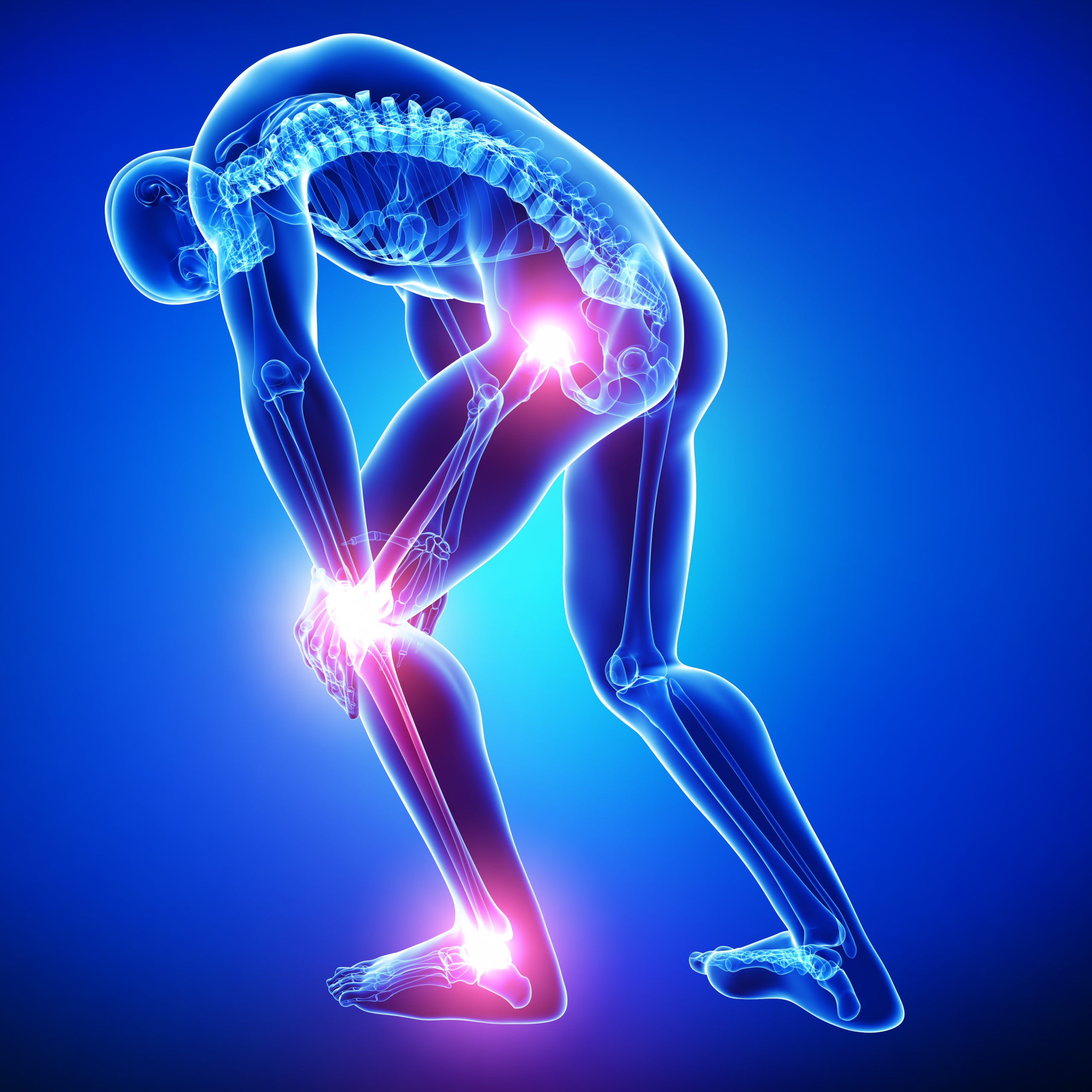What are Joint Pain Injections?
Joint Pain Injections are a non-surgical treatment designed to relieve pain and inflammation in the joints. These injections deliver medication directly into the affected joint, providing targeted relief for conditions such as arthritis, bursitis, and tendinitis. Depending on the specific needs of the patient, different types of injections can be used, including corticosteroids, and hyaluronic acid. Joint Pain Injections can significantly reduce pain, improve joint function, and enhance the quality of life for patients with chronic joint pain.

Why Might You Need Joint Pain Injections?
Joint Pain Injections may be recommended if you experience:
- Osteoarthritis: Degenerative joint disease causing pain and stiffness.
- Rheumatoid Arthritis: Autoimmune condition leading to joint inflammation and damage.
- Bursitis: Inflammation of the bursae, small sacs of fluid that cushion the joints.
- Tendinitis: Inflammation of the tendons around the joints.
- Joint Injury: Pain and inflammation resulting from an injury.
What Are the Steps in a Joint Pain Injection Procedure?
Preoperative Preparation
- Medical Evaluation: Comprehensive review of your medical history, symptoms, and previous treatments.
- Diagnostic Imaging: X-rays, MRI, or ultrasound to identify the source and extent of joint pain.
- Informed Consent: Detailed discussion of the procedure, potential benefits, and risks.
During the Procedure
- Patient Comfort: You will be comfortably positioned to allow easy access to the affected joint.
- Local Anesthesia: The area around the joint may be numbed to minimize discomfort.
- Guided Injection: Using imaging technology like ultrasound or fluoroscopy, the medication is precisely injected into the joint.
- Injection Process: The specific medication (corticosteroids and hyaluronic acid) is administered to reduce inflammation and pain.
Postoperative Care
- Observation: Brief period of monitoring after the injection to ensure there are no immediate side effects.
- Activity Guidelines: Recommendations on limiting activity for a short period to allow the medication to take effect.
- Pain Relief: Pain relief can begin within a few days, although full benefits may take up to a week to be realized.

Recovery and Rehabilitation
Postoperative Care
- Immediate Effects: Many patients experience significant pain relief and improved joint function shortly after the injection.
- Pain Monitoring: Keeping a diary of pain levels to track the effectiveness of the treatment.
- Follow-Up Appointments: Scheduled to assess your response to the injection and plan any further treatments if necessary.
Potential Complications
While Joint Pain Injections are generally safe, potential complications can include:
- Infection: Risk of infection at the injection site.
- Bleeding: Minor bleeding or bruising may occur.
- Allergic Reaction: Rare but possible allergic reaction to the injected medication.
- Temporary Pain Increase: Some patients may experience a temporary increase in pain before improvement begins.
Benefits of Joint Pain Injections
- Significant Pain Relief: Rapid reduction in joint pain levels.
- Improved Mobility: Enhanced ability to move and perform daily activities.
- Reduced Inflammation: Targeted treatment to decrease inflammation in the affected joint.
- Enhanced Quality of Life: Improved overall well-being and ability to engage in physical and social activities.
Find a Surgeon
Orthopedic Services
LivoniaSterling Heights
Orthopedic Services
LivoniaSterling Heights
Hand & Upper ExtremityOrthopedic Services
LivoniaSterling Heights
Orthopedic Services
Genesys Surgery CenterLivoniaView all
Hand & Upper ExtremityOrthopedic Services
LivoniaSterling Heights
Hand & Upper ExtremityOrthopedic Services
LivoniaSouthfieldView all
Pain Management
Genesys Surgery CenterLivoniaView all
Pain Management
Genesys Surgery CenterLivoniaView all









